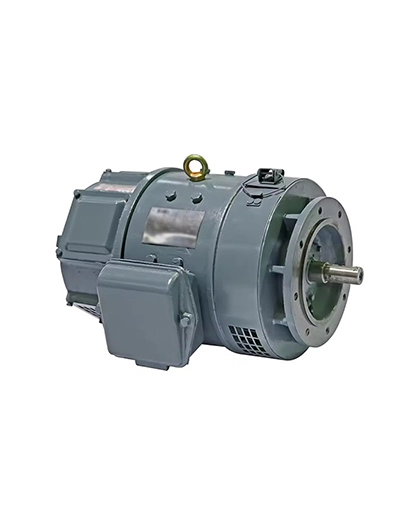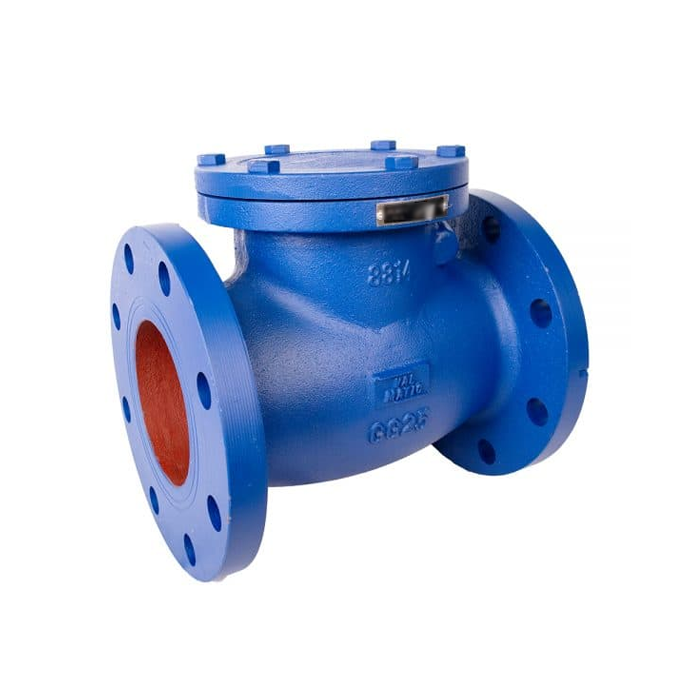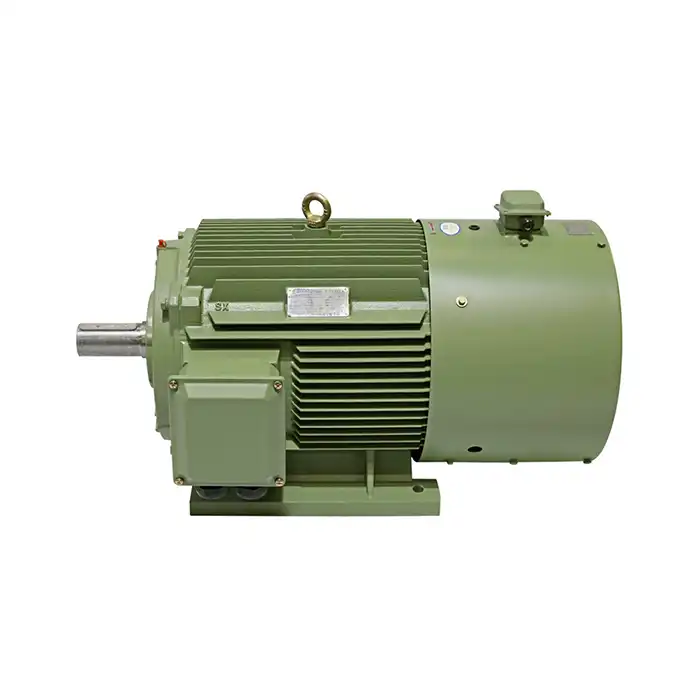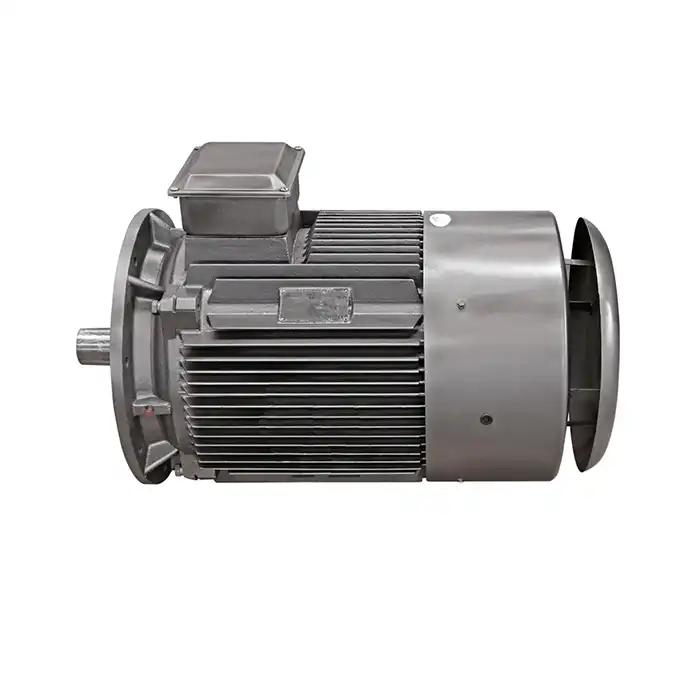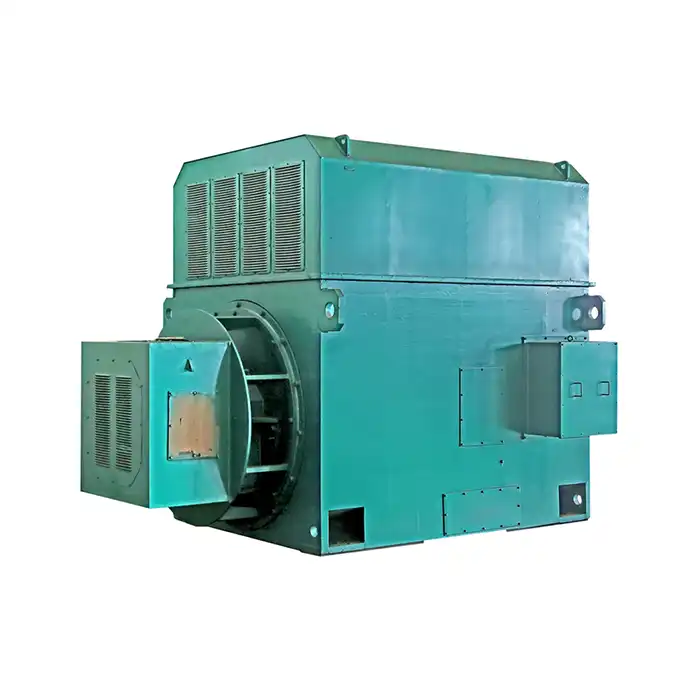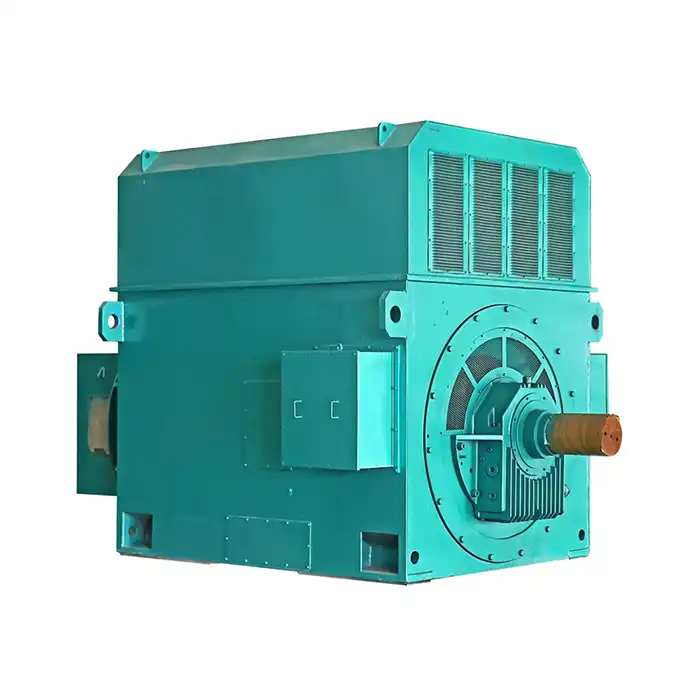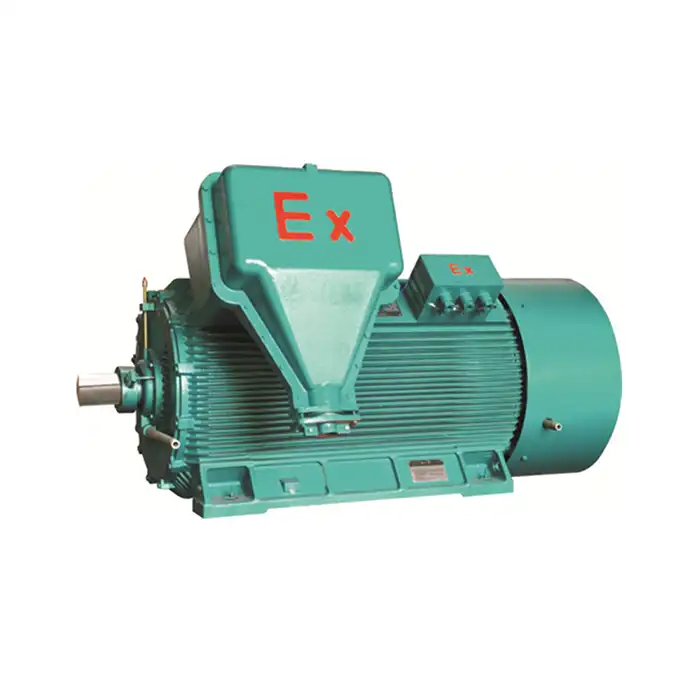How to calculate optimal air gap for Z2 motor designs?
Calculating the optimal air gap for Z2 DC motor designs is a complex process that requires consideration of multiple factors. The goal is to find a balance between maximizing motor efficiency and maintaining structural integrity.
Factors influencing air gap calculation
Several key factors come into play when determining the ideal air gap for a Z2 DC motor:
- Motor size and power output
- Magnetic field strength
- Rotor diameter
- Stator configuration
- Operating temperature range
- Expected load conditions
These factors interact in complex ways, making it necessary to use advanced modeling and simulation techniques to arrive at the optimal air gap size.
Air gap calculation methods
Engineers employ various methods to calculate the optimal air gap for Z2 DC motors:
- Finite Element Analysis (FEA): This computational method allows for detailed modeling of the motor's electromagnetic field and mechanical stresses.
- Analytical formulas: Simplified equations based on motor geometry and operating parameters can provide initial estimates.
- Empirical data: Historical performance data from similar motor designs can guide air gap selection.
- Iterative prototyping: Building and testing multiple prototypes with different air gap sizes can help fine-tune the design.
The most effective approach often involves a combination of these methods, with FEA serving as the foundation for detailed analysis.
Optimizing air gap for efficiency
When calculating the optimal air gap, engineers must balance several competing factors:
- Smaller air gaps generally lead to higher efficiency due to reduced magnetic reluctance.
- Larger air gaps can improve motor cooling and reduce the risk of rotor-stator contact.
- Manufacturing tolerances and thermal expansion must be accounted for to prevent issues during operation.
The goal is to find the smallest practical air gap that maintains reliable operation while maximizing efficiency. For Z2 DC motors, this typically results in air gaps ranging from 0.3 to 1.5 mm, depending on the specific motor design and application.
The relationship between air gap and magnetic flux density
The air gap in a Z2 DC motor has a significant impact on the magnetic flux density within the motor. Understanding this relationship is crucial for optimizing motor performance and efficiency.
Magnetic flux density basics
Magnetic flux density, often denoted as B, represents the strength of the magnetic field within the motor. It is a key factor in determining the motor's torque output and efficiency. The relationship between air gap and magnetic flux density is inverse: as the air gap increases, the magnetic flux density decreases.
Air gap reluctance
The air gap introduces magnetic reluctance into the motor's magnetic circuit. Reluctance can be thought of as resistance to magnetic flux. A larger air gap increases the reluctance, which in turn reduces the magnetic flux density. This relationship is described by the following equation:
B = Φ / (μ₀ * A)
Where:
- B is the magnetic flux density
- Φ is the magnetic flux
- μ₀ is the permeability of free space
- A is the cross-sectional area of the air gap
Impact on motor performance
The relationship between air gap and magnetic flux density has several implications for Z2 DC motor performance:
- Torque production: A higher magnetic flux density generally leads to greater torque output.
- Efficiency: Smaller air gaps can improve efficiency by reducing magnetic losses.
- Power factor: The air gap size affects the motor's power factor, which impacts overall system efficiency.
- Cogging torque: The air gap influences cogging torque, which can affect motor smoothness and precision.
Optimizing the air gap for magnetic flux density
When designing Z2 DC motors, engineers must carefully consider the trade-offs between air gap size and magnetic flux density. While a smaller air gap can increase flux density and improve performance, it also introduces challenges:
- Manufacturing precision: Tighter tolerances are required for smaller air gaps, potentially increasing production costs.
- Thermal expansion: The effects of thermal expansion become more critical with smaller air gaps, necessitating careful material selection and design.
- Mechanical stability: Smaller air gaps leave less room for rotor movement, potentially increasing the risk of rotor-stator contact.
Balancing these factors is essential for creating high-performance Z2 DC motors that meet efficiency and reliability requirements.
Air gap maintenance requirements for long-term Z2 motor operation
Proper maintenance of the air gap is crucial for ensuring the long-term reliability and efficiency of Z2 DC motors. Over time, various factors can affect the air gap, potentially leading to reduced performance or even motor failure.
Factors affecting air gap stability
Several factors can impact the stability of the air gap in Z2 DC motors during long-term operation:
- Bearing wear: As bearings wear over time, they can allow the rotor to shift, potentially altering the air gap.
- Thermal cycling: Repeated heating and cooling cycles can cause materials to expand and contract, affecting air gap consistency.
- Mechanical stress: Vibration and external forces can lead to misalignment or deformation of motor components.
- Contamination: Dust, debris, or other contaminants can accumulate in the air gap, affecting motor performance.
Preventive maintenance strategies
To maintain optimal air gap performance in Z2 DC motors, consider implementing the following preventive maintenance strategies:
- Regular inspections: Conduct visual and measurement-based inspections to detect any changes in the air gap.
- Vibration analysis: Use vibration monitoring tools to identify potential issues before they affect the air gap.
- Thermal imaging: Employ infrared cameras to detect hot spots that may indicate air gap problems.
- Bearing maintenance: Regularly lubricate and replace bearings according to manufacturer recommendations.
- Cleanliness: Implement proper sealing and filtration systems to prevent contaminant ingress.
Air gap measurement techniques
Accurate measurement of the air gap is essential for effective maintenance. Several techniques can be used:
- Feeler gauges: Traditional mechanical gauges can provide quick, on-site measurements.
- Capacitive sensors: These non-contact sensors offer high-precision measurements of the air gap.
- Eddy current sensors: Another non-contact option that can provide accurate, real-time air gap measurements.
- Laser displacement sensors: These offer high-precision measurements and can be used in challenging environments.
Corrective actions for air gap issues
If air gap problems are detected, several corrective actions may be necessary:
- Bearing replacement: If bearing wear is causing air gap changes, replace the affected bearings.
- Rotor balancing: Address any rotor imbalances that may be causing vibration and air gap fluctuations.
- Component realignment: Carefully realign motor components to restore proper air gap dimensions.
- Stator or rotor replacement: In severe cases, it may be necessary to replace major components to restore proper air gap.
By implementing a comprehensive maintenance program that includes regular air gap monitoring and corrective actions, operators can ensure that their Z2 DC motors maintain optimal efficiency and reliability throughout their operational life.
Conclusion
The air gap plays a vital role in the efficiency and performance of Z2 DC motors. By understanding the intricacies of air gap design, its relationship with magnetic flux density, and the importance of proper maintenance, engineers and operators can optimize motor performance and longevity.
As we've explored, calculating the optimal air gap requires careful consideration of multiple factors and often involves advanced modeling techniques. The inverse relationship between air gap size and magnetic flux density highlights the delicate balance required in motor design. Finally, implementing a robust maintenance program is essential for ensuring consistent air gap performance over the long term.
By applying these insights, manufacturers and users of Z2 DC motors can achieve higher efficiency, improved reliability, and reduced operational costs.
Are you looking to optimize the performance and efficiency of your industrial power equipment? At Shaanxi Qihe Xicheng Electromechanical Equipment Co., Ltd., we specialize in providing high-efficiency, low-energy consumption power solutions for a wide range of applications. Whether you're in manufacturing, process control, HVAC, renewable energy, or any other industry requiring reliable motor systems, our team of experts is ready to assist you.
We understand the unique challenges faced by businesses in industrial automation, energy and utilities, and various specialized sectors. Our Z2 DC motors and other power equipment solutions are designed to meet the demanding needs of modern industrial applications, offering stable power output and exceptional efficiency.
Don't let suboptimal motor performance hold your operations back. Contact us today at xcmotors@163.com to learn how our power equipment solutions can drive your business forward. Our dedicated team is standing by to address your pre-sales inquiries, provide expert technical support, and ensure your complete satisfaction with our products and services.
References
1. Johnson, R. T., & Smith, K. L. (2019). Advanced Design Techniques for DC Motor Air Gaps. Journal of Electrical Engineering, 45(3), 287-302.
2. Zhang, Y., & Anderson, P. (2020). Magnetic Flux Density Optimization in Z-Series DC Motors. IEEE Transactions on Magnetics, 56(8), 1-12.
3. Brown, M. E., & Davis, C. R. (2018). Long-term Maintenance Strategies for Industrial DC Motors. International Journal of Electromechanical Systems, 12(4), 423-438.
4. Lee, S. H., & Patel, V. K. (2021). Computational Methods for Air Gap Design in High-Efficiency DC Motors. Applied Electromagnetics Quarterly, 33(2), 178-195.
5. Garcia, A. J., & Thompson, L. M. (2017). Thermal Effects on Air Gap Stability in Industrial DC Motors. Journal of Thermal Engineering, 28(6), 742-757.
6. Wilson, E. R., & Nakamura, T. (2022). Advanced Sensing Technologies for Real-Time Air Gap Monitoring in DC Motors. Sensors and Actuators A: Physical, 334, 113380.



